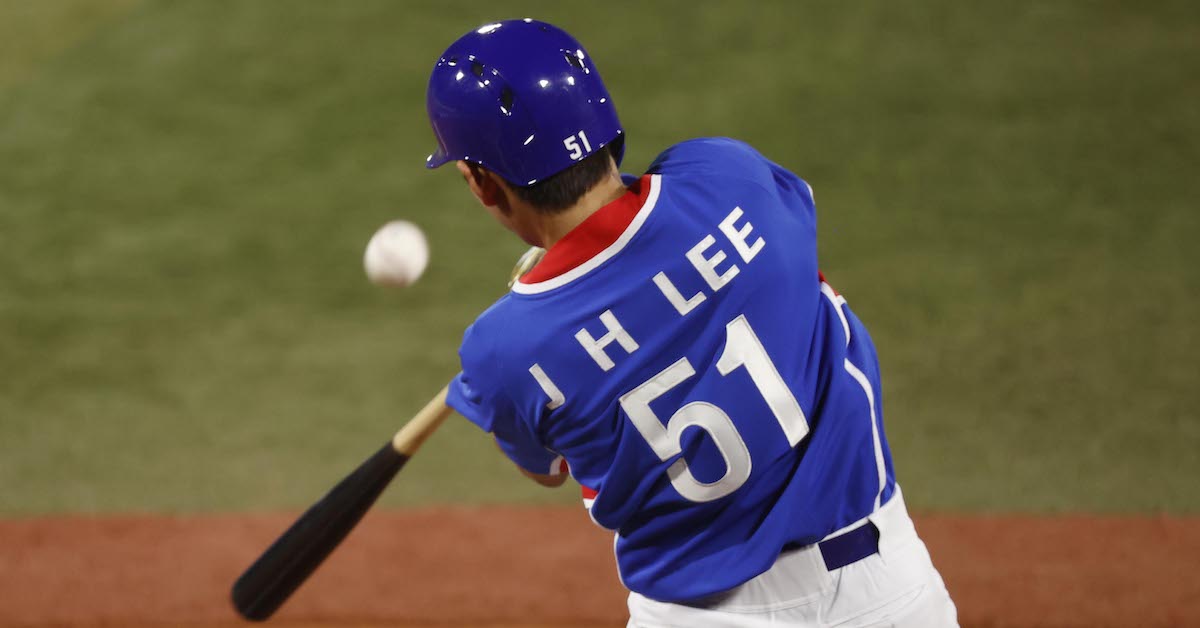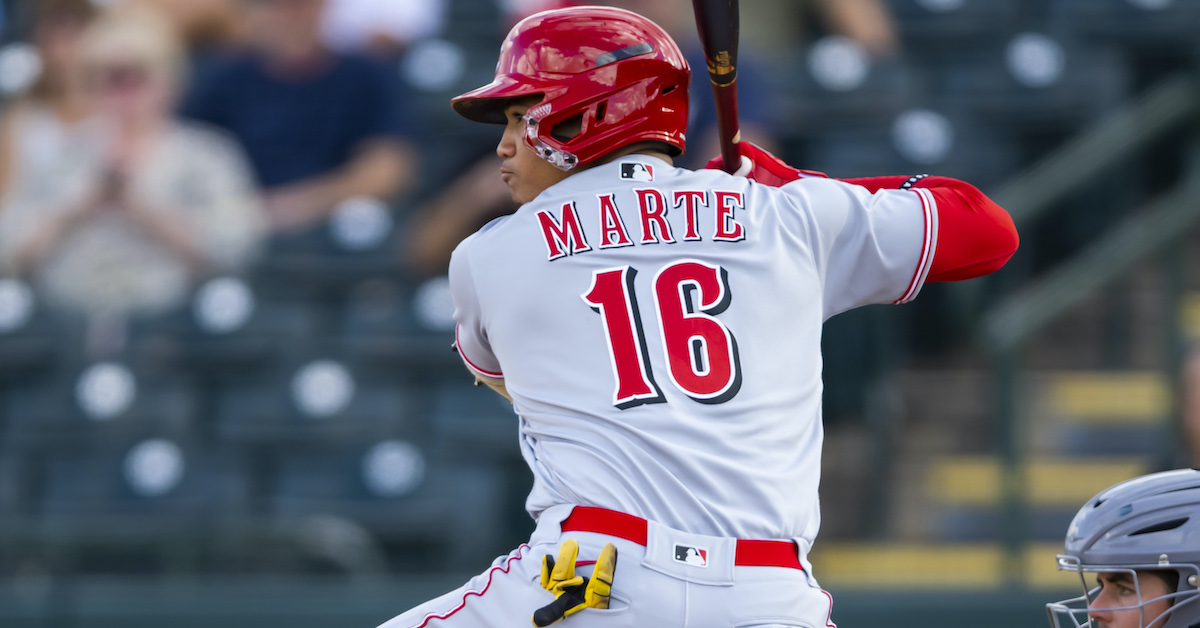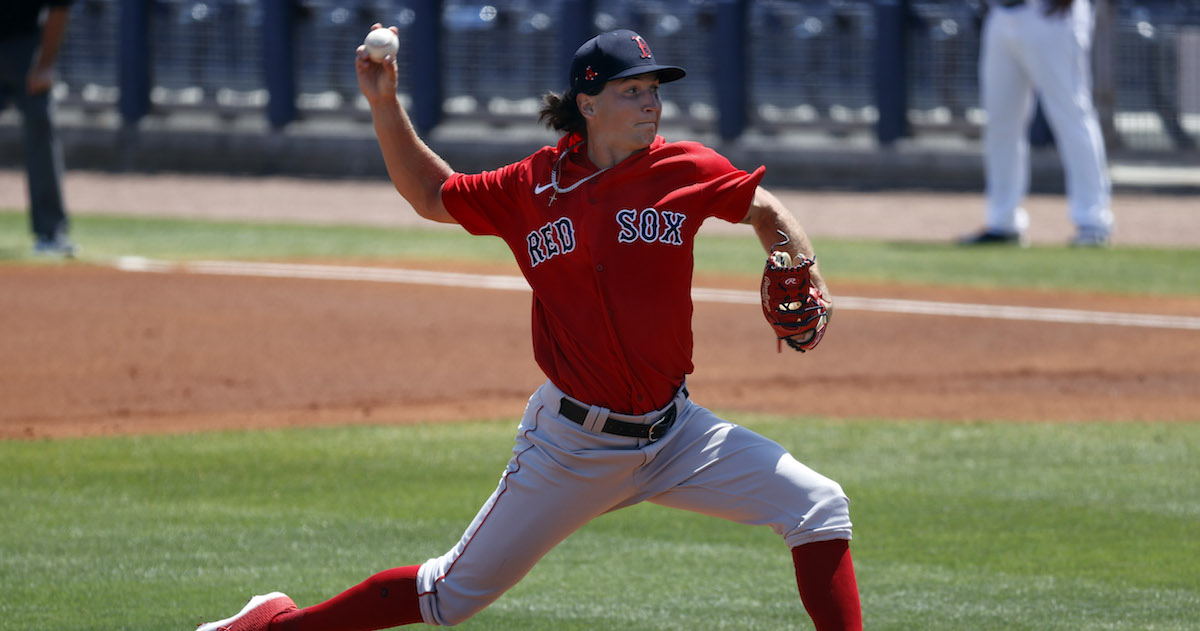Update to The Board: KBO Prospects

The start of a new prospect list cycle provides a nice, natural time for a sweeping update of my analysis around the international prospects I think readers should know about. Some international pros have already inked free agent deals this offseason, while others have created great anticipation for an eventual move to MLB. In a month, a new class of international amateur players will begin to sign. This week, the International Players tab on The Board will be updated with new scouting reports and information concerning the various segments of the international player population, largely surrounding pro players in Asia and the contingent of teenagers mostly from Latin America who will sign in January. We’re going to publish these in batches throughout the week, with a focus on KBO players today, Japanese players thereafter, and international amateurs at the end of the week. Because they’ve already signed, we’ve also pushed info on Japanese pros Masataka Yoshida and Kodai Senga to The Board; the write-ups you’ll find there are my evaluations, and they each have their own transaction analysis article up at the site as well (I wrote Senga’s, while Justin Choi penned Yoshida’s).
This market is important because players coming to the U.S. from Asian leagues, including many whose pro careers began as MLB minor leaguers, often make an impact on big league contending teams. Chris Flexen 플렉센, Miles Mikolas, Brooks Raley 레일리, Yusei Kikuchi, Yu Darvish, Robert Suarez, Nick Martinez, Ha-Seong Kim 김하성, Pierce Johnson, Darin Ruf 러프, and Joely Rodríguez all either got their starts or made a stop in a top Asian pro league, and all were on an MLB playoff roster this season. The data generated by these leagues and warehoused online (including KBO stats here at FanGraphs), combined with my access to video analysis tools like Synergy Sports, and some time spent on the phone with baseball ops and scouting folks who cover (or are part of) international teams, means I can give readers a lay of the land in this space. Read the rest of this entry »







